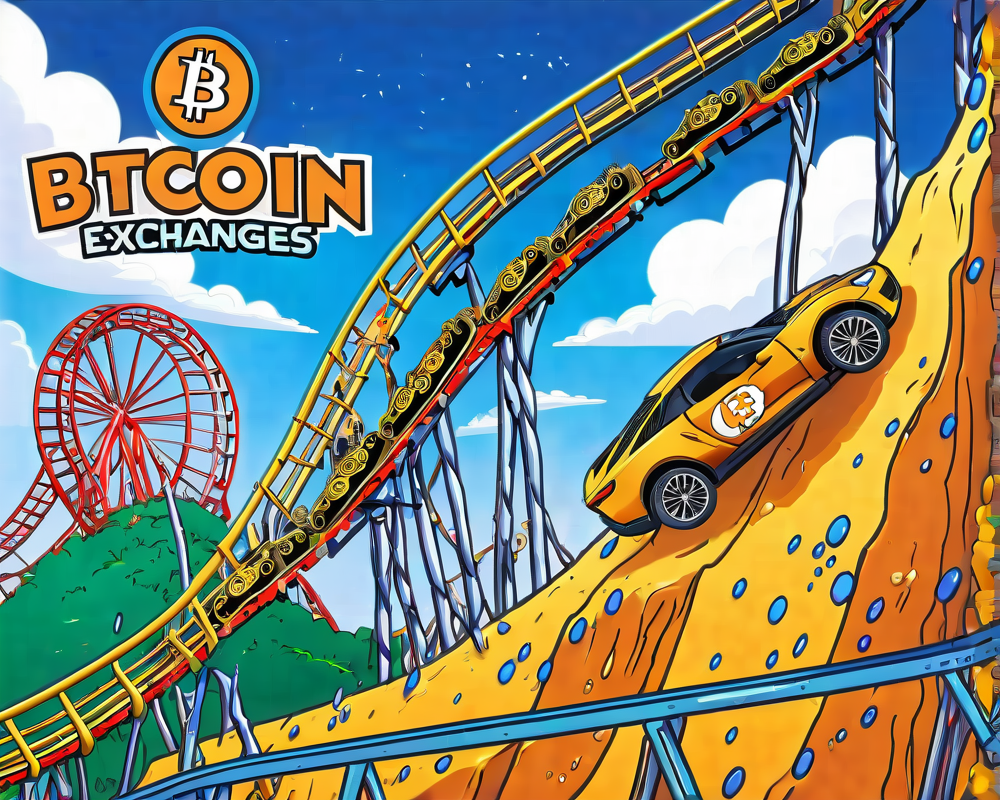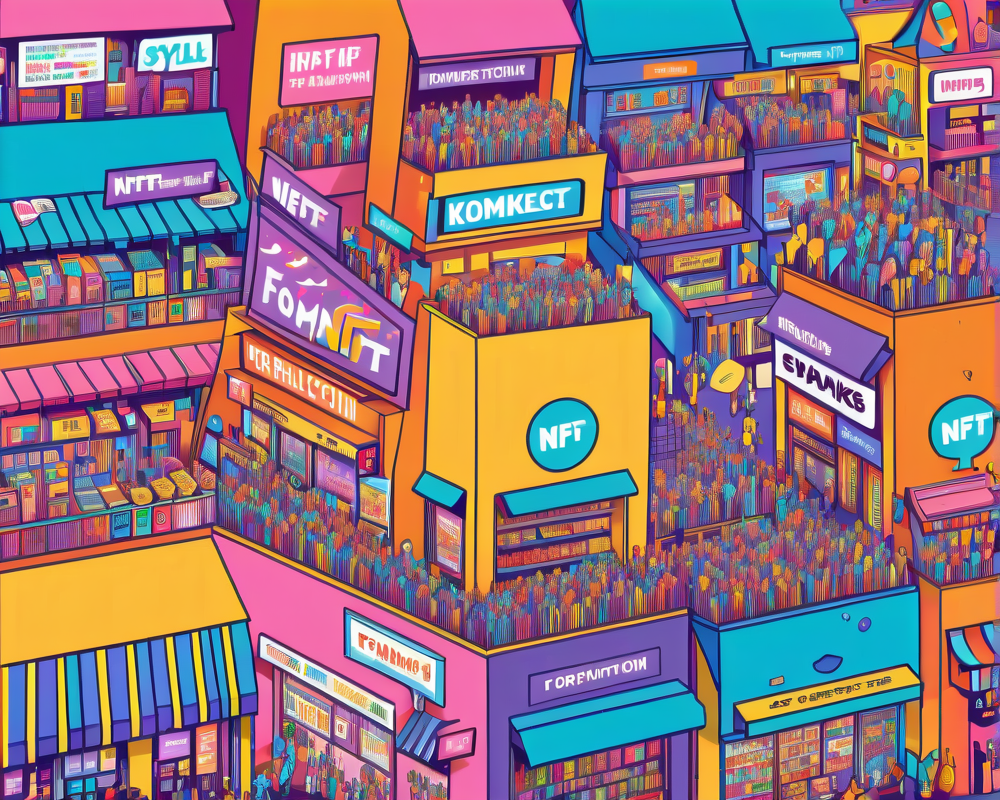The Invisible Backbone: Understanding Node Infrastructure
Every time you dabble in the world of Web3—from gaming with crypto to dollar signs flashing as you trade decentralized finance (DeFi) protocols—you’re engaging with what can best be summarized as the city of tomorrow. And behind that vibrant city lies its unsung hero: node infrastructure providers, the mighty power grid that keeps the lights on.
What’s the Point of Nodes Anyway?
DApps (Decentralized Applications) need a reliable way to communicate with blockchains. Enter full nodes, which handle a staggering number of requests daily, making the whole Web3 fiesta possible. Think of nodes as the diligent post office workers tirelessly delivering parcels every hour, ensuring that you can read and write data on the blockchain quickly and effortlessly.
- Remote Access: Developers often rely on node infrastructure providers to handle heavy lifting, as running a node isn’t everyone’s cup of tea.
- Capital Challenge: It’s not just about the effort; running nodes can drain wallets faster than your roommate on a pizza night.
The Centralization Conundrum
Many of today’s efficient node services tend to rely on centralized providers. While convenient, this situation has some glaring vulnerabilities. When over 80% of Ethereum nodes hang out in places like the United States and Germany, we might as well throw a “Come rob us!” sign up. Combine this with a few powerful players, and—ding ding ding—you have a recipe for disaster.
Outages: A Centralized Catastrophe
Ask anyone who’s tried to withdraw tokens during an Infura outage, and you’ll hear horror stories of exchanges like Coinbase Wallet and MetaMask hitting a wall. You don’t realize how much you depend on these nodes until they go MIA!
Even Amazon—the titan that supports many node providers—has had its share of outages. Ports get blocked, and before you know it, a single hiccup much like what happened during Ethereum 2.0 can send everyone into a tailspin. In the whimsical world of blocks and chains, outages are akin to stepping on a Lego—unexpected and painful!
The Rise of Decentralized Infrastructure
Just when it looked like we were stuck in the centralized mire, decentralized infrastructure providers jumped into action like superheroes in a major crisis. You see, they’re setting up nodes not just in corporate lairs, but sometimes in everyday joes’ homes!
- Better Resilience: A decentralized setup means they’re not all crammed under one roof; it’s like a pizza party where everyone brings their own toppings (and thus their own nodes).
- Competitive Landscape: With players like Ankr, Flux, and QuickNode entering the field, you can bet there’s going to be some serious tussling for market share.
Forging Ahead: What Lies Beyond?
The true promise of Web3 isn’t just building a better internet; it’s about creating a fairer, more secure digital world. Decentralized infrastructure providers are the architects of this new reality. Unlike the big corporate dudes who might want to mold the internet to fit their whims, decentralized options are structured to resist attacks and censorship—a refreshing thought!
In this ever-evolving ecosystem, competition spurs innovation faster than your caffeine habits on a Monday morning. It cultivates healthier and more resilient infrastructures for the web of tomorrow. It’s a brave new world—let’s just hope the WiFi holds up!




